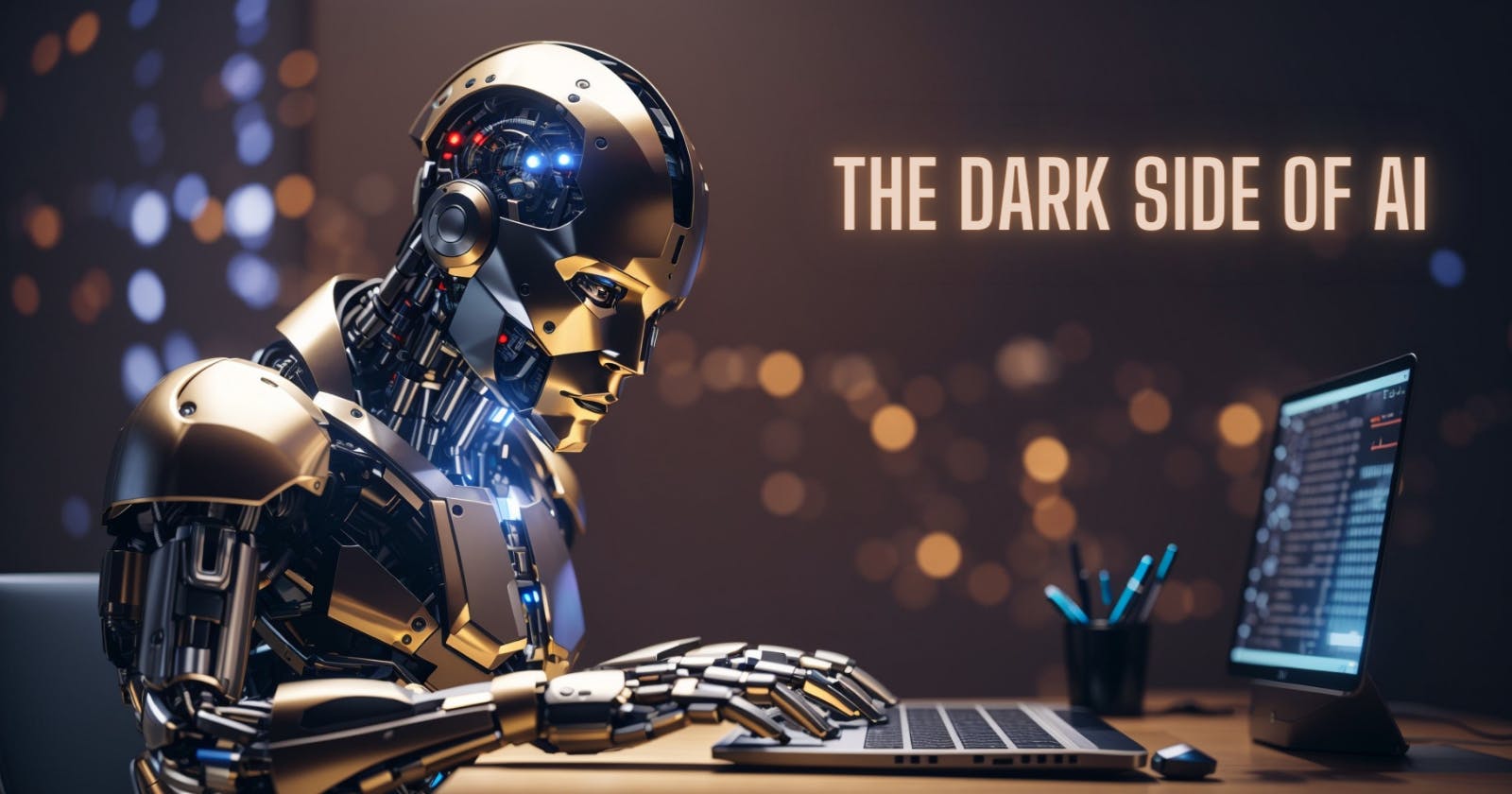Introduction:
Artificial Intelligence (AI) has made remarkable strides in enhancing various aspects of our lives, from simplifying daily tasks to advancing scientific discoveries. However, like any powerful tool, AI also harbours the potential for misuse and can pose significant dangers to individuals. In this article, we will delve into some alarming scenarios where AI can be harnessed for malicious purposes, particularly in relation to identity theft, voice cloning, and deepfake technology.
Identity Theft: Digital Clones and Deceptive Scams
AI-driven technology can scrape images and data from social media platforms, creating a digital version of an individual's identity. These digital clones can be used to deceive others through fraudulent activities such as online scams, phishing attacks, and even impersonation. In the wrong hands, this technology can jeopardize personal and financial security, causing immense distress to victims and undermining trust in digital interactions.
Voice Cloning: Replicating Voices with Alarming Precision
Advancements in AI voice synthesis have enabled the creation of highly convincing voice clones. By collecting audio snippets from a person's public speeches, interviews, or any online content, malicious actors can replicate their voices with astonishing accuracy. This can lead to a range of problems, including spreading misinformation, creating fake audio evidence, and potentially framing innocent individuals for crimes they did not commit.
Deepfakes: Manipulating Visual Media for Harmful Ends
Deepfake technology leverages AI algorithms to superimpose someone's face onto another person's body in videos or images, creating convincingly realistic and misleading content. This can be utilized to generate explicit or defamatory material featuring innocent individuals, resulting in severe reputational damage and emotional distress. The rise of deepfakes also poses risks in the political arena, fueling misinformation campaigns and undermining public trust in media.
Preventing Misuse of AI:
As AI technology evolves, it becomes increasingly crucial to implement safeguards to protect individuals from its potential dangers. Some essential steps to mitigate the risks include:
Robust Data Privacy: Social media platforms and tech companies must reinforce data privacy measures, limiting the accessibility of personal information to unauthorized users.
AI Detection Tools: Researchers and tech developers should focus on creating sophisticated AI detection systems capable of identifying and flagging deepfakes and other malicious AI-generated content.
Public Awareness: Raising awareness about the existence and potential dangers of AI-driven scams and deepfakes is vital. Educating individuals about these risks empowers them to stay vigilant and adopt precautionary measures.
Ethical AI Use: Encouraging responsible AI development and implementation with a strong emphasis on ethical considerations is crucial to minimize potential harm to individuals.
While AI holds immense promise for improving various aspects of our lives, it also brings forth potential dangers, particularly concerning identity theft, voice cloning, and deepfakes. Striking the right balance between innovation and security is essential to harness the full potential of AI without compromising individuals' safety and privacy. By adopting proactive measures, fostering ethical AI practices, and creating awareness, we can strive towards a future where AI is a force for good rather than a tool for malicious intent.
I hope this tutorial has been helpful. If you have any questions, please feel free to ask.

